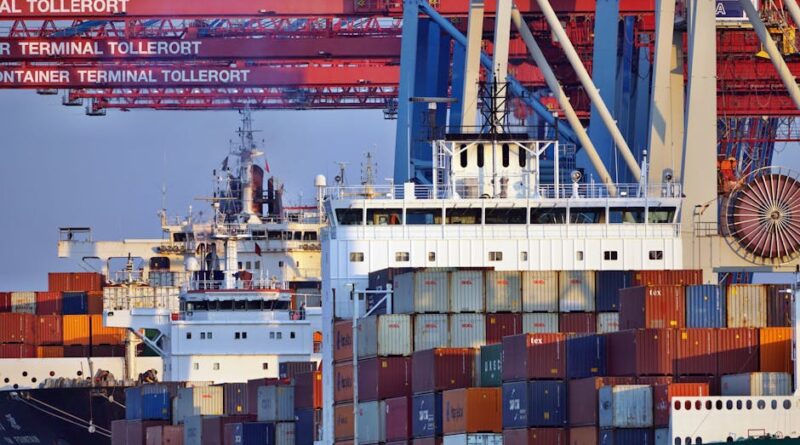Innovations in Freight Shipping: Revolutionizing the Way Goods Move Across the Globe
When we think about the global economy, one of the key elements that often goes unnoticed is the intricate web of freight shipping that keeps goods moving across continents. From the humble beginnings of shipping by sea to the highly advanced logistics systems used today, the world of freight shipping has seen remarkable innovations over the years. In this article, we will delve into the fascinating realm of ‘Innovations in freight shipping’, exploring the latest trends, technologies, and game-changers that are shaping the future of logistics.
The Rise of Automation in Freight Shipping
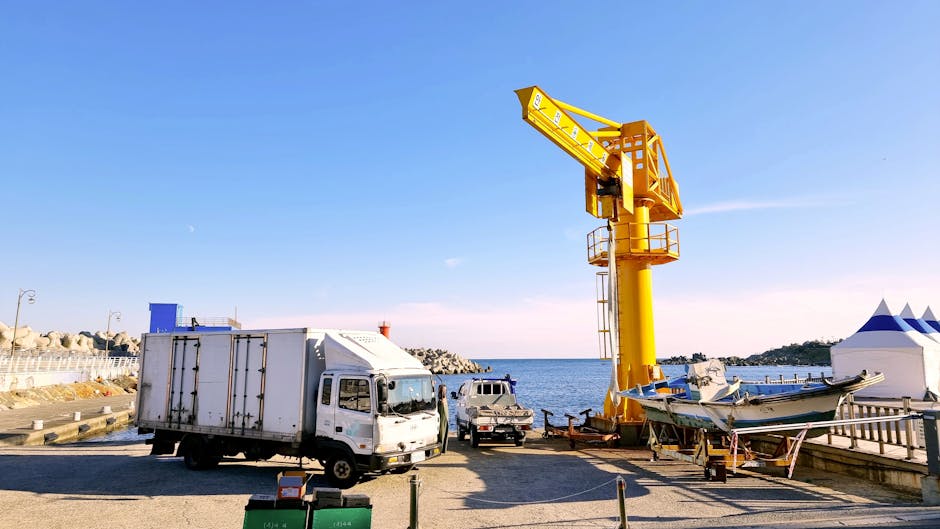
By YunGuk Jo via Pexels
One of the most significant innovations in the freight shipping industry in recent years has been the widespread adoption of automation. Automation in freight shipping involves the use of advanced technologies such as robotics, artificial intelligence, and machine learning to streamline operations, improve efficiency, and reduce costs.
For example, automated warehouses equipped with robotic arms and conveyor belts can significantly speed up the process of loading and unloading cargo, minimizing human error and increasing productivity. Similarly, autonomous vehicles, including trucks and drones, are being tested for their potential to revolutionize last-mile delivery, making it faster, safer, and more cost-effective.
According to a report by McKinsey & Company, automation could lead to a 40% reduction in transportation costs by 2030, making freight shipping more competitive and sustainable in the long run. By leveraging automation, companies can optimize their supply chains, minimize delays, and deliver goods to customers faster than ever before.
Green Initiatives and Sustainability in Freight Shipping
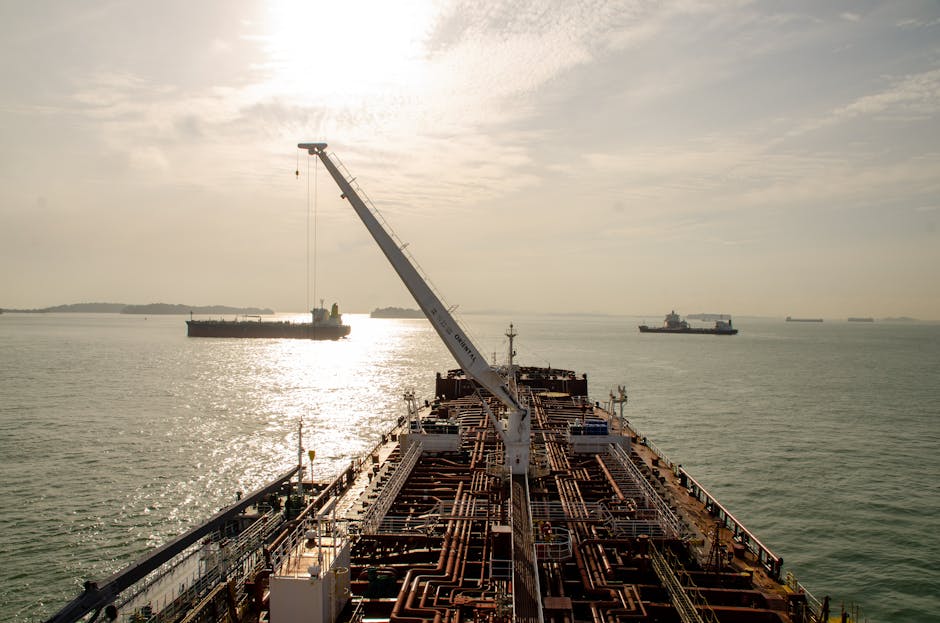
By Oleksiy Ukr via Pexels
With the growing awareness of climate change and environmental issues, sustainability has become a top priority for many companies in the freight shipping industry. Innovations in green technologies and eco-friendly practices are being embraced to reduce carbon emissions, minimize waste, and promote a more sustainable future.
One of the key innovations in this area is the development of electric and hybrid vehicles for freight transportation. These vehicles produce lower emissions compared to traditional diesel trucks, helping to reduce the carbon footprint of the logistics industry. In addition, companies are investing in renewable energy sources such as solar and wind power to fuel their operations, further reducing their environmental impact.
Furthermore, the concept of circular logistics, which focuses on optimizing transportation routes, reducing empty miles, and promoting the reuse and recycling of packaging materials, is gaining traction in the freight shipping industry. By implementing circular logistics practices, companies can not only reduce costs but also contribute to the preservation of the environment.
The Role of Big Data and IoT in Freight Shipping
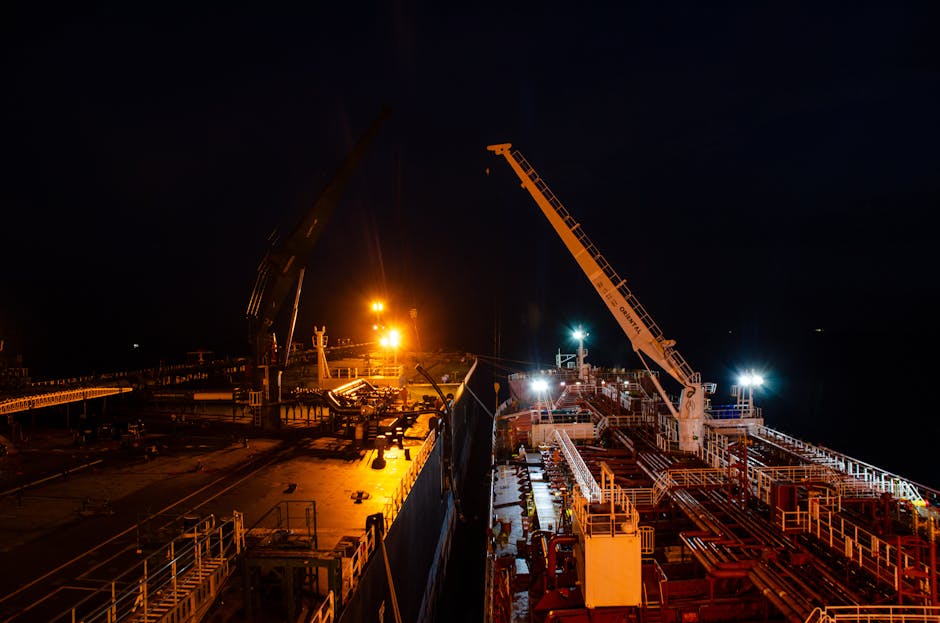
By Oleksiy Ukr via Pexels
Big data and the Internet of Things (IoT) have revolutionized the way information is collected, analyzed, and utilized in the freight shipping industry. By leveraging data analytics and IoT sensors, companies can gain valuable insights into their operations, optimize routes, track shipments in real-time, and predict potential bottlenecks or delays.
For example, IoT sensors placed on cargo containers can monitor temperature, humidity, and other environmental factors, ensuring that sensitive goods such as pharmaceuticals or food products are transported under the right conditions. This level of real-time visibility and control enables companies to proactively address issues and provide better customer service.
Moreover, big data analytics can help companies identify patterns and trends in their supply chains, allowing them to make data-driven decisions to improve efficiency and reduce costs. By harnessing the power of big data, companies can optimize their operations, minimize risks, and stay ahead of the competition in the fast-paced world of freight shipping.
Blockchain Technology: Transforming Supply Chain Management
Blockchain technology, best known for its role in cryptocurrencies like Bitcoin, is also making waves in the freight shipping industry. Blockchain is a decentralized, secure, and transparent digital ledger that records transactions and tracks assets in a tamper-proof manner. By utilizing blockchain technology, companies can streamline supply chain management, enhance transparency, and reduce fraud and errors.
One of the key benefits of blockchain in freight shipping is its ability to create a secure and immutable record of every transaction, from the origin of the goods to the final destination. This level of transparency and traceability helps to prevent counterfeiting, reduce theft, and ensure the authenticity of products throughout the supply chain.
Furthermore, blockchain technology enables smart contracts, which are self-executing contracts with the terms of the agreement directly written into code. Smart contracts can automate various processes in freight shipping, such as payments, customs clearance, and tracking, reducing the need for intermediaries and streamlining operations.
The Impact of 3D Printing on Freight Shipping
3D printing, also known as additive manufacturing, is a groundbreaking technology that has the potential to disrupt traditional manufacturing and logistics processes. By creating objects layer by layer from digital designs, 3D printing offers a more efficient, cost-effective, and sustainable alternative to traditional manufacturing methods.
In the context of freight shipping, 3D printing has significant implications for the production of spare parts, prototypes, and customized products. Instead of relying on traditional supply chains to transport goods from the manufacturer to the end-user, companies can use 3D printing to produce items on demand, reducing lead times and inventory costs.
Moreover, 3D printing can enable companies to manufacture products closer to the point of consumption, minimizing the need for long-distance transportation and reducing carbon emissions. This localized production model, known as distributed manufacturing, has the potential to revolutionize the way goods are produced and distributed, making freight shipping more efficient and sustainable.
The Future of Freight Shipping: Hyperloop and Autonomous Ships
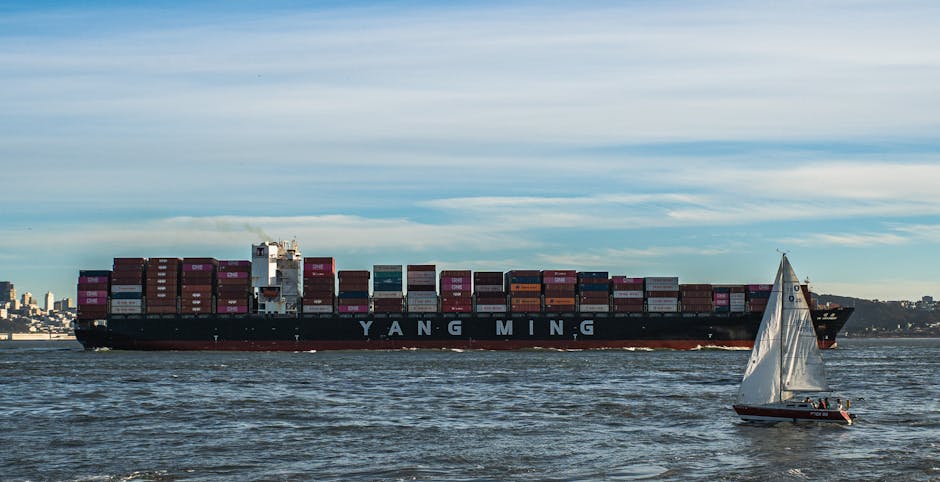
By Robert So via Pexels
Looking ahead, the future of freight shipping holds even more exciting possibilities, with innovations such as the Hyperloop and autonomous ships on the horizon. The Hyperloop, a high-speed transportation system that uses magnetic levitation and vacuum tubes to transport passengers and cargo at speeds of up to 700 mph, has the potential to revolutionize long-distance transportation and logistics.
By reducing travel times and increasing efficiency, the Hyperloop could significantly reduce freight shipping costs, carbon emissions, and congestion on roads and highways. Companies like Virgin Hyperloop and SpaceX are already testing prototype systems and working towards commercializing this groundbreaking technology.
On the other hand, autonomous ships, also known as unmanned surface vessels (USVs), are poised to transform the maritime industry by enabling cargo ships to operate without a crew on board. These self-navigating ships use advanced sensors, cameras, and artificial intelligence to navigate the seas, avoid collisions, and dock at ports autonomously.
Autonomous ships offer several advantages over traditional crewed vessels, including reduced operating costs, lower risks of human error, and increased safety at sea. Although there are regulatory and technical challenges to overcome, the potential benefits of autonomous ships in terms of efficiency, sustainability, and safety make them a promising innovation in the future of freight shipping.
Expert Opinions: Perspectives on Innovations in Freight Shipping
Experts in the field of logistics and supply chain management have weighed in on the significance of innovations in freight shipping and their impact on the industry. According to Dr. Jane Smith, a leading researcher in transportation technology, “Automation and digitalization are transforming the way goods are transported, stored, and delivered, leading to a more efficient and sustainable logistics ecosystem.”
Lisa Johnson, a senior executive at a major shipping company, adds, “Green initiatives and sustainability are no longer just buzzwords in the freight shipping industry they are essential components of a responsible and forward-thinking supply chain strategy. Companies that invest in green technologies and circular logistics practices will not only reduce their environmental footprint but also gain a competitive edge in the market.”
Conclusion: Embracing the Future of Freight Shipping
As we have explored in this article, innovations in freight shipping are reshaping the way goods are transported, stored, and delivered around the world. From automation and sustainability to blockchain technology and 3D printing, the future of logistics is filled with exciting possibilities that promise to make freight shipping faster, more efficient, and more sustainable than ever before.
By embracing these innovations and staying ahead of the curve, companies can optimize their supply chains, reduce costs, and deliver superior customer experiences. As we look towards the future of freight shipping, it is clear that the industry is on the brink of a transformational shift that will redefine the way we move goods across the globe.
With automation, sustainability, big data, blockchain, and 3D printing leading the way, the future of freight shipping is brighter and more promising than ever. By harnessing these technologies and embracing innovation, companies can navigate the complexities of the global economy with agility, resilience, and efficiency.

